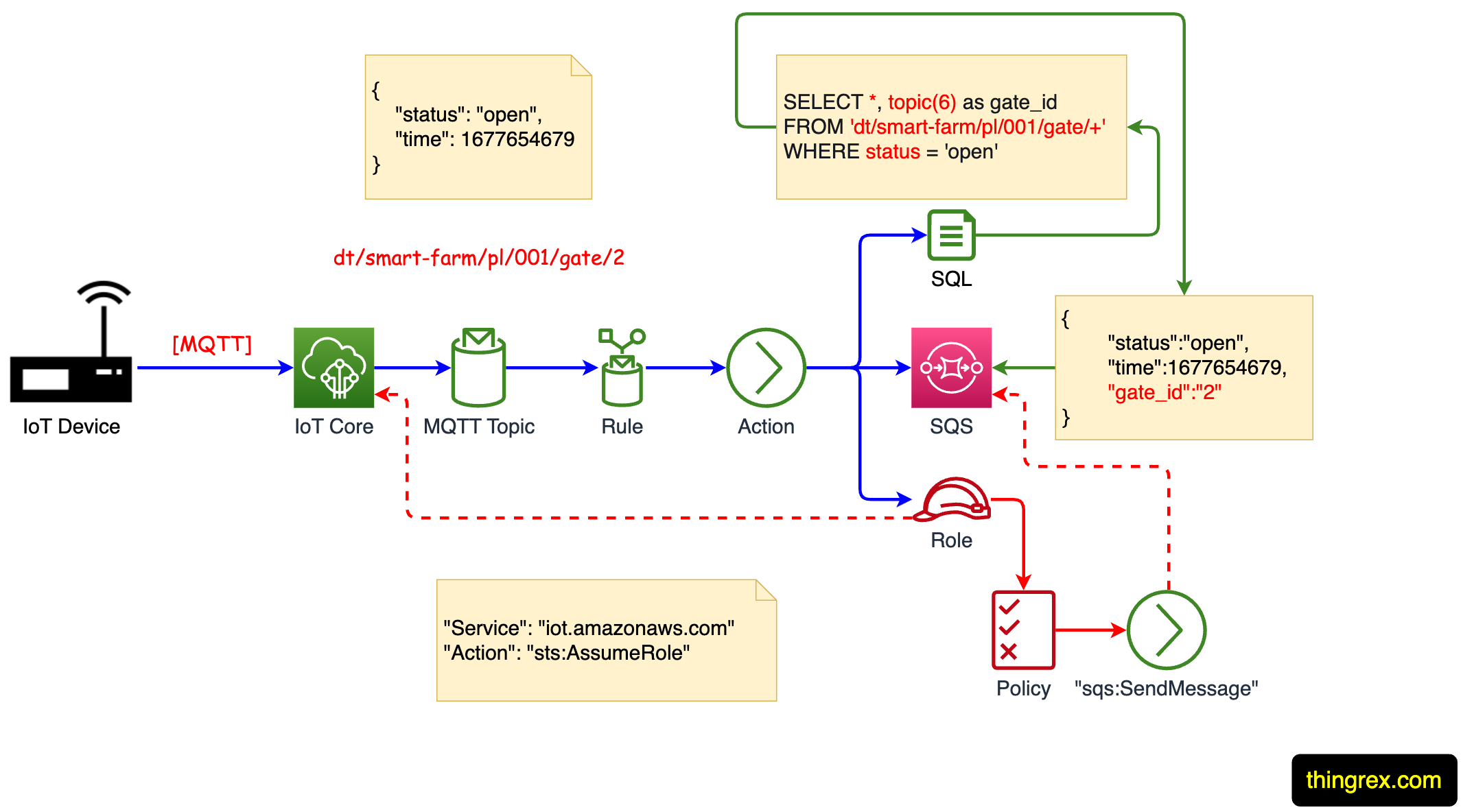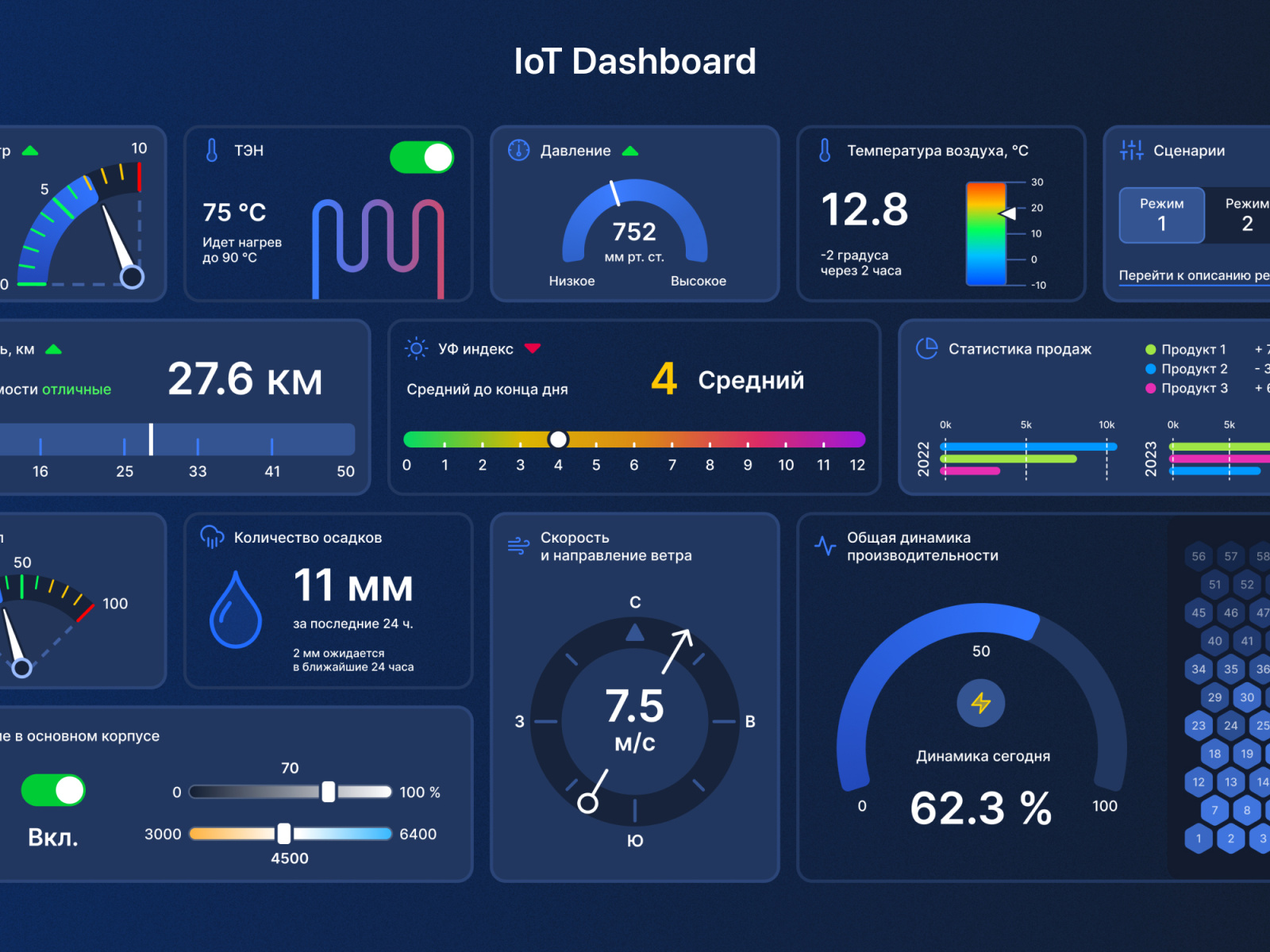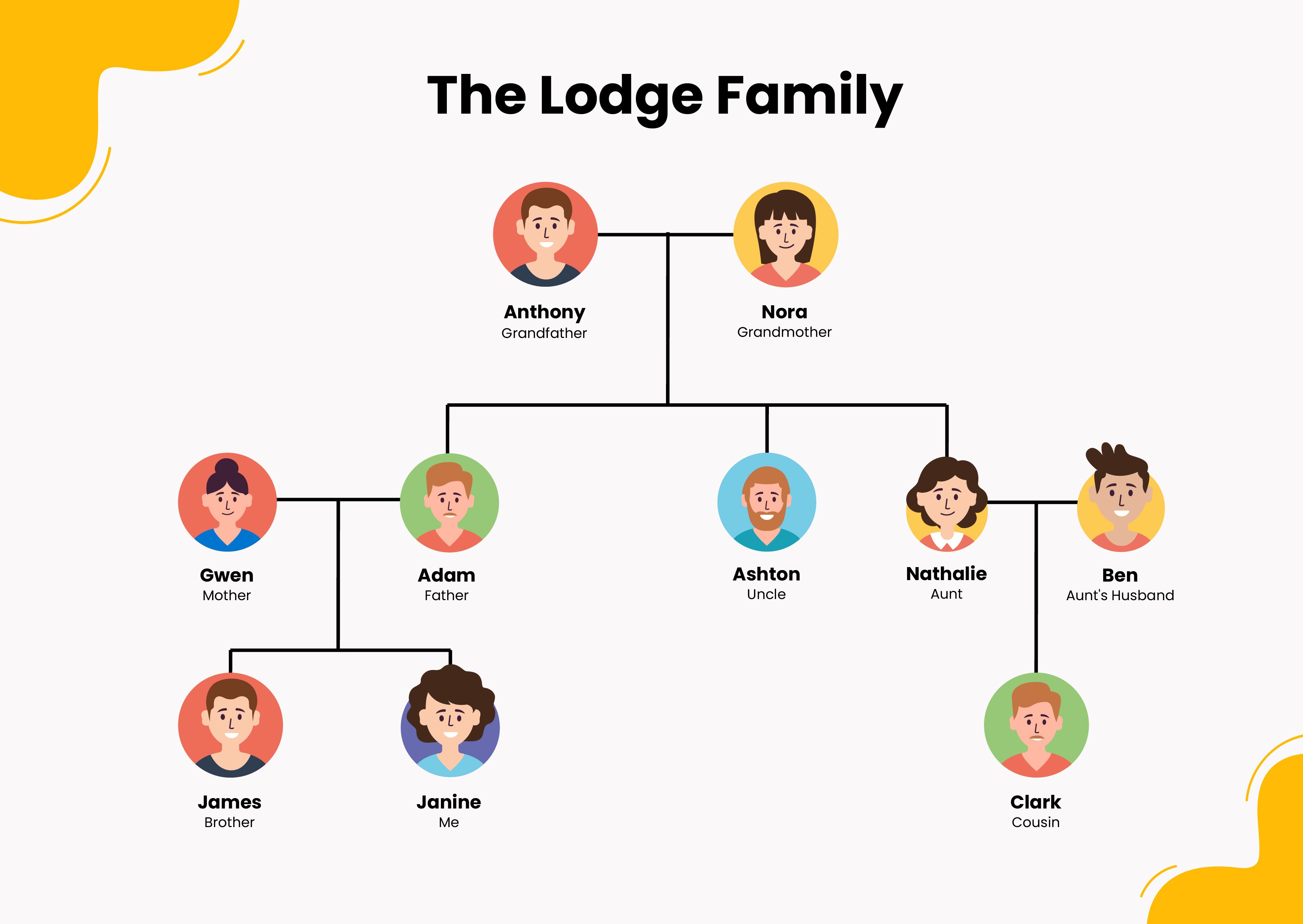Right now, in our connected world, getting a good look at the information from your smart devices is a pretty big deal. Think about it: the internet of things, or IoT, is about physical objects that have little brains inside them, like sensors and tiny computers. These devices, whether they are in your home or out in a factory, actually gather information and then send it to other gadgets or systems over the internet. It’s a network, you know, of things that can talk to each other without people needing to step in all the time.
This whole idea of IoT, coined by a computer scientist named Kevin Ashton, means that everyday items are becoming, in a way, smart. They are embedded with software and network stuff, making them able to connect and share what they "see" or "feel." So, whether it's a vehicle, an appliance, or just a simple object, if it has these parts, it's part of the IoT. This lets us keep an eye on the physical world, almost like giving it a digital voice, which is pretty neat.
The cool part is that these IoT devices, which often use standard internet rules like IP and TCP to connect, can turn ordinary objects into interactive things. They are, essentially, a collection of computing devices, machines, or even animals and people, each with their own special tag, all working together. But what happens after all this information is gathered? Well, that’s where seeing it, like on an IoT data display, becomes really helpful, especially when you are looking for an iot core remoteiot display chart free online way to do it.
Table of Contents
- What is IoT Core and Why Visualize Data?
- The Challenge of Remote IoT Data
- Finding Your Free Online Display Solution
- Practical Steps for Setting Up Your Display
- Making Sense of Your IoT Information
- Frequently Asked Questions
What is IoT Core and Why Visualize Data?
So, what exactly is IoT Core? Well, it's basically a cloud service that helps you manage and connect a whole bunch of IoT devices. It lets your devices talk to cloud applications and other devices, securely and reliably. Think of it as a central hub where all your smart gadgets can send their information. This information could be anything, from temperature readings to how much power something is using, you know.
Now, why would you want to look at this data on a chart? It’s pretty simple, actually. When your devices are sending a constant stream of numbers, it can be really hard to figure out what’s going on just by looking at raw data. Putting that information into a chart, like a line graph or a bar chart, makes it much easier to see patterns, spot problems, or understand trends over time. It’s about turning those numbers into something you can quickly grasp, which is very helpful.
For example, if you have sensors keeping an eye on the temperature in a big building, seeing those temperatures on a chart lets you quickly notice if a room is getting too hot or too cold. This helps you make decisions, perhaps about adjusting the heating or cooling. It's about getting valuable insights from your IoT setup, making sure everything is working as it should, or maybe even finding ways to make things better. A good visual display can really make a difference, honestly.
- 5movierulz 2024 Download Kannada
- Vegamoviesnl
- Vegamovies Bollywood
- Vegamovies 3
- Movierulz Torrent Magnet
The Challenge of Remote IoT Data
Dealing with IoT devices that are far away, or "remote," can present some interesting puzzles. These devices might be in places without easy access, like a sensor in a distant field or a piece of equipment in a hard-to-reach part of a factory. Getting the information from these spots to a place where you can see it, and then making sense of it, is a key part of the IoT story. You need a reliable way for that data to travel, and then a good way to show it.
The main thing is making sure the data flows smoothly from the device, through the internet, and into a system that can process it. Once it's there, the next step is displaying it in a clear and helpful way. For remote devices, you might not be able to just walk up to them and check their readings. So, having an online display that you can access from anywhere is really, really useful. It lets you keep an eye on things without having to be physically present, which saves a lot of time and effort, you know.
And that's where the idea of an iot core remoteiot display chart free online solution comes into play. You want something that can take that information from far-off devices, bring it into a central spot like AWS IoT Core, and then let you see it on a chart without costing a lot of money. This helps small projects, hobbyists, or even bigger companies that are just starting out with IoT, because they can test things out and see their data without a big initial investment. It's about making IoT data accessible to more people, basically.
Finding Your Free Online Display Solution
So, you are probably wondering how to get your hands on a free way to display those IoT Core charts online. It might seem like a tricky thing to find, but there are actually some good paths you can explore. The goal is to find tools that offer a free tier or a community version that lets you connect to your AWS IoT Core data and show it visually. This means you can get started without having to spend money right away, which is pretty cool.
Exploring Free Dashboard Options
When you are looking for a free dashboard, you'll find a few types of services out there. Some are dedicated IoT platforms that offer a limited free plan, letting you connect a certain number of devices or send a specific amount of data each month. Others are more general data visualization tools that can be configured to work with IoT data. The trick is to find one that plays nicely with AWS IoT Core, since that's where your device information is likely going, you know.
One common approach involves using services that are designed for quick data display. These often have a straightforward way to pull in data and create simple charts. You might look for platforms that are known for their ease of use, especially if you are just getting started. Some might even offer pre-built templates for common IoT data types, which can save you a lot of setup time. It's about finding something that fits your needs without being overly complicated.
For instance, you could consider open-source tools that you can host yourself, though that might involve a bit more technical know-how. However, for a truly iot core remoteiot display chart free online experience, focusing on cloud-based services with generous free tiers is often the simplest way to go. You'll want to check their limits, like how many messages you can send or how long your data is stored, to make sure it works for your project. Always read the fine print, just a little.
Connecting to AWS IoT Core
Once you pick a display tool, the next step is getting it to talk to your AWS IoT Core. This usually involves setting up a "rule" within AWS IoT Core. This rule tells IoT Core what to do with the messages it gets from your devices. You can tell it to send the data to another AWS service, like a database, or even directly to an external service if it supports that. It's like setting up a forwarding address for your data, basically.
Many free dashboard services will provide instructions on how to set up this connection. They might ask you to create a specific type of AWS resource, or to give them certain permissions so they can access your data. It's important to follow these steps carefully to make sure your data flows securely from IoT Core to your chosen display tool. You want to make sure your device information is safe, you know.
Sometimes, you might need to use an AWS Lambda function as a middleman. This is a bit of code that runs in the cloud and can transform your data or send it to a different place. For example, your device might send data in one format, and your display tool needs it in another. A Lambda function can handle that conversion. It adds a step, but it gives you a lot of flexibility in how your data is handled before it shows up on your chart, which is very useful.
Creating Your First Chart
After your data is flowing into your chosen display service, it's time for the fun part: making your charts! Most online dashboard tools have a pretty user-friendly interface for this. You'll usually pick the type of chart you want, like a line chart for showing changes over time, or a bar chart for comparing different values. Then, you tell the tool which piece of data from your IoT messages you want to display. It's often just a matter of dragging and dropping, or selecting from a menu, you know.
You'll typically need to specify a few things:
- What data point you want to track (e.g., "temperature," "humidity").
- How often you want the chart to update (e.g., every minute, every hour).
- The time range you want to see (e.g., the last 24 hours, the last week).
Some services might also let you add different kinds of visuals, like gauges for current readings, or tables to show raw data. The idea is to build a dashboard that gives you a quick and clear picture of what your remote IoT devices are doing. Even with a free online solution, you can often create a surprisingly good display. It's about making the information easy to digest, which is quite helpful for anyone working with IoT.
Practical Steps for Setting Up Your Display
Let's walk through some general steps you might take to get your iot core remoteiot display chart free online setup going. While the exact steps will vary a bit depending on the specific free tool you pick, the overall process tends to be similar. It’s about connecting the dots, you know, from your device to your screen.
First off, you'll want to make sure your IoT device is actually sending data to AWS IoT Core. This means your device needs to be programmed correctly to connect and publish messages to a specific "topic" in IoT Core. Think of a topic as a channel for messages; devices send their information to a topic, and anything listening to that topic can get the information. This is the very first piece of the puzzle, basically.
Next, inside AWS IoT Core, you'll create an "IoT Rule." This rule listens for messages on your chosen topic. When a message comes in, the rule can then take an action. For displaying data, you'll typically set up the rule to send the message to another service. For a free solution, this might involve sending it to an AWS service that your chosen free dashboard can access, or directly to an external API endpoint provided by the dashboard, you know.
Once your IoT Rule is set up and working, you'll switch over to your chosen free online dashboard service. Here, you'll usually find a section for "data sources" or "integrations." You'll follow their instructions to connect to your AWS IoT Core data. This might involve providing AWS credentials (make sure to use ones with limited permissions for security!) or setting up an API key. This is where the display tool starts "listening" for your data, which is pretty neat.
Finally, within the dashboard, you'll create your actual charts. You'll pick the type of chart you want, like a line graph or a bar chart, and then select the specific data points you want to visualize from the incoming messages. You might also set up time ranges, labels, and colors to make your charts clear and easy to read. It's about customizing the view so it makes sense to you, you know. You can often add multiple charts to a single dashboard to get a complete picture of your remote IoT devices.
Remember, patience is key here. Sometimes it takes a little trial and error to get the data flowing just right and the charts looking exactly how you want them. But with a bit of persistence, you can definitely get a free, online display for your IoT Core data. It's a very rewarding process when you see your device's information come to life on the screen, honestly.
Making Sense of Your IoT Information
Having a chart is one thing, but really understanding what your IoT information is telling you is another. When you have your iot core remoteiot display chart free online and working, take some time to just look at the patterns. Are there sudden spikes or drops? Do things change at certain times of the day or week? These observations can tell you a lot about how your devices are performing and what's happening in their environment, you know.
For example, if you're tracking the battery life of a remote sensor, a chart can show you how quickly it's draining. If you see a faster drain than expected, that might tell you there's an issue with the device or its setup. Or, if you're monitoring temperature, seeing a consistent rise might mean a system is overheating. The visual representation helps you catch these things much faster than sifting through raw data, which is very helpful.
Also, consider setting up alerts if your free dashboard allows it. Even basic free plans sometimes offer simple notification features. This means if a data point goes above or below a certain level, you can get an email or a message. It's like having your chart watch itself and tell you when something important happens, so you don't have to constantly stare at it. This can save you a lot of time and worry, honestly.
The whole point of visualizing IoT data is to make it actionable. It’s not just about pretty graphs; it’s about gaining knowledge that helps you improve your systems, save energy, or even prevent problems before they get bigger. So, once you have your charts up, spend time interpreting them. The more you look, the more you'll learn about your connected world. This continuous observation helps you make smarter choices about your IoT projects, you know.
Frequently Asked Questions
Here are some common questions people often have about displaying IoT data:
How can I connect my IoT device to AWS IoT Core?
You usually connect your IoT device to AWS IoT Core by programming it to use the MQTT protocol. Your device needs to have a unique identity and security credentials, like certificates, to make a secure connection. Once connected, it can send messages to specific "topics" within IoT Core, which is where your data starts its journey, you know.
Are there truly free options for long-term IoT data display?
Finding truly free options for very long-term or high-volume IoT data display can be a bit of a challenge. Many services offer free tiers that are great for testing or small projects, but they often have limits on data volume, number of devices, or data retention. For larger or ongoing needs, you might eventually need to consider paid plans, but for starting out, free tiers are very useful, basically.
What kind of data can I display from my IoT devices?
You can display almost any kind of data that your IoT device can collect. This includes readings from sensors like temperature, humidity, light levels, or pressure. You can also display operational data, such as battery levels, device status (on/off), or counts of events. As long as your device can send the data, you can probably put it on a chart, you know. It's all about what your specific sensors are designed to measure.
For more information on AWS IoT Core, you might find details on their official documentation page. Learn more about AWS IoT Core.
Related Resources:



Detail Author:
- Name : Zita Prohaska MD
- Username : zella92
- Email : fschimmel@yahoo.com
- Birthdate : 1997-08-16
- Address : 67069 Schroeder Falls Apt. 855 North Malindaside, NC 56636
- Phone : 1-341-449-4848
- Company : Blanda, Rippin and Yundt
- Job : Tank Car
- Bio : Accusantium dolores ab sed. Commodi placeat quia autem sapiente. Omnis delectus amet fugiat ex. Iusto nulla quia architecto et sed suscipit.
Socials
tiktok:
- url : https://tiktok.com/@hodkiewicz2014
- username : hodkiewicz2014
- bio : Repudiandae iste architecto voluptas commodi dolorem omnis adipisci voluptates.
- followers : 2908
- following : 512
instagram:
- url : https://instagram.com/hodkiewiczl
- username : hodkiewiczl
- bio : Ea culpa nostrum repudiandae eos. Ipsum aut quisquam aut libero et rem. Vero eius vel voluptas.
- followers : 2101
- following : 1454
twitter:
- url : https://twitter.com/lillie.hodkiewicz
- username : lillie.hodkiewicz
- bio : Expedita provident consequatur rerum temporibus possimus. Porro ut a eveniet veritatis reiciendis. Quibusdam eos dolores animi enim error eos similique.
- followers : 5300
- following : 2755